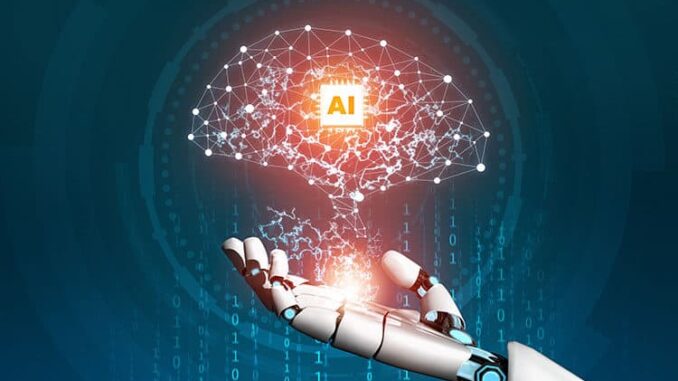
AI in Disaster Response and Humanitarian Aid has the potential to significantly improve the efficiency and effectiveness of disaster relief efforts. Here are some ways AI is being used:
1. **Data Analysis and Visualization**: AI can help analyze large amounts of data collected from various sources such as social media, satellite imagery, and sensor data. This can provide valuable insights into the extent of damage, affected populations, and resource allocation needs.









2. **Predictive Modeling**: AI algorithms can be used to predict the likelihood of a disaster occurring or the severity of its impact based on historical data and other factors. This can help authorities prepare for and prevent disasters.
3. **Resource Allocation**: AI can help optimize resource allocation by analyzing demand, supply, and transportation logistics. This can lead to more efficient and effective deployment of aid, such as food, water, and medical supplies.
4. **Communication and Coordination**: AI-powered chatbots and virtual assistants can facilitate communication between aid organizations, governments, and affected communities. This can streamline decision-making and response efforts.
5. **Identifying Vulnerable Populations**: AI can help identify vulnerable populations, such as children, the elderly, and those with disabilities, who may require more targeted support and attention.
6. **Monitoring and Tracking**: AI-powered sensors and drones can monitor and track affected areas, providing real-time data on damage, debris, and resource availability.
7. **Language Translation**: AI-powered language translation tools can facilitate communication between aid organizations and affected communities that speak different languages.
8. **Social Media Monitoring**: AI can monitor social media to identify areas of need, detect misinformation, and track the movement of people and resources.
9. **Damage Assessment**: AI can help assess damage to infrastructure and buildings, enabling authorities to prioritize repair and reconstruction efforts.
10. **Supply Chain Management**: AI can optimize the supply chain of aid organizations, ensuring that the right resources are delivered to the right places at the right time.
Examples of AI in Disaster Response and Humanitarian Aid:
* **The American Red Cross** has developed an AI-powered chatbot to help respond to disasters and provide support to affected communities.
* **The United Nations Office for the Coordination of Humanitarian Affairs (UNOCHA)** has launched an AI-powered platform to improve resource allocation and coordination in humanitarian response.
* **The World Food Programme (WFP)** has used AI to optimize food distribution in disaster-affected areas.
Benefits of AI in Disaster Response and Humanitarian Aid:
* **Improved Efficiency**: AI can streamline processes, reducing response times and increasing the effectiveness of aid efforts.
* **Enhanced Decision-Making**: AI can provide valuable insights and data to support decision-making, enabling authorities to make more informed decisions.
* **Increased Accuracy**: AI can reduce errors and inaccuracies in data collection and analysis, ensuring that aid is targeted to those who need it most.
* **Cost Savings**: AI can help reduce costs associated with disaster response and recovery, such as by optimizing resource allocation and streamlining logistics.
However, there are also challenges and limitations to consider, such as:
* **Data Quality and Availability**: AI requires high-quality, reliable data to function effectively. However, data may be scarce or unreliable in disaster-affected areas.
* **Bias and Inequality**: AI systems can perpetuate existing biases and inequalities, particularly if they are trained on biased data.
* **Cybersecurity**: AI systems can be vulnerable to cyberattacks, which can compromise sensitive data and disrupt response efforts.
* **Regulatory Challenges**: AI raises regulatory complexities, particularly when it comes to issues such as accountability, transparency, and data protection.
Ultimately, the integration of AI in disaster response and humanitarian aid has the potential to improve outcomes and save lives. However, it is essential to address the challenges and limitations associated with AI and prioritize data quality, equity, and transparency to ensure that these systems serve the needs of affected communities.


Leave a Reply